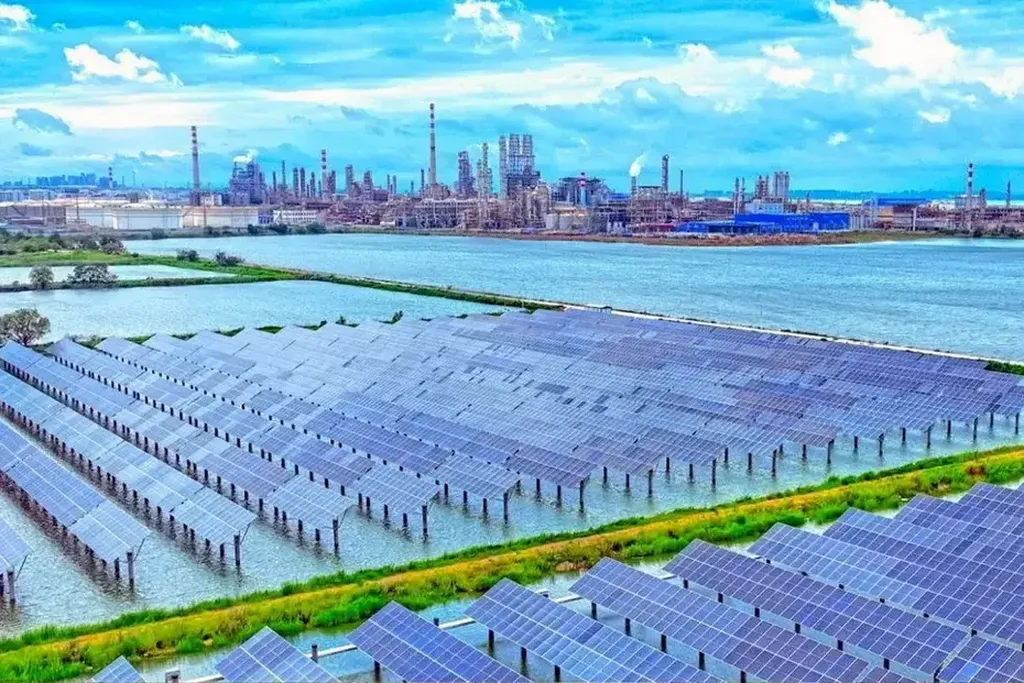In the quest for more efficient and sustainable energy systems, researchers have turned to multi-energy complementary systems that integrate water, wind, and solar power. However, the complexity of modeling these systems and optimizing their long-term scheduling has posed significant challenges. A recent study published in the journal *Energies*, titled “Research on Long-Term Scheduling Optimization of Water–Wind–Solar Multi-Energy Complementary System Based on DDPG,” offers a promising solution to these challenges.
Led by Zixing Wan from the Hubei Technology Innovation Center for Smart Hydropower in Wuhan, China, the research introduces a novel approach to optimize the scheduling of water, wind, and solar energy systems. The team employed an improved C-Vine Copula model to construct a multi-dimensional joint probability distribution of water, wind, and solar energy. This model effectively reduces the complexity of the system by using Latin Hypercube Sampling (LHS) to generate a large number of water–wind–solar coupling scenarios.
“Our method allows us to accurately quantify the uncertainties of water, wind, and solar energy, which is crucial for improving the renewable energy absorption capacity and the system’s power generation efficiency,” Wan explained.
The researchers then established a long-term optimization scheduling model aimed at maximizing the absorption of clean energy. This model was converted into a Markov Decision Process (MDP), and the Deep Deterministic Policy Gradient (DDPG) algorithm was employed to optimize the policy in continuous action spaces. The result is an optimal long-term scheduling strategy for the water–wind–solar multi-energy complementary system.
To validate their approach, the team used a water–wind–solar integrated energy base as a case study. Comparative analysis demonstrated that the proposed method significantly enhances the renewable energy absorption capacity and the system’s power generation efficiency.
The implications of this research are far-reaching for the energy sector. By accurately quantifying the uncertainties of water, wind, and solar energy and precisely controlling the continuous action space during the scheduling process, this method could revolutionize how multi-energy systems are managed. This could lead to more efficient and reliable energy systems, ultimately contributing to a more sustainable future.
As the energy sector continues to evolve, the integration of advanced technologies like deep reinforcement learning into energy management systems could pave the way for more innovative and efficient solutions. This research not only addresses current challenges but also sets the stage for future developments in the field of multi-energy complementarity.
In a rapidly changing energy landscape, the work of Zixing Wan and his team offers a glimpse into the future of sustainable energy management. Their findings, published in the journal *Energies*, provide a robust framework for optimizing multi-energy systems, ensuring that the transition to clean energy is both efficient and effective.

